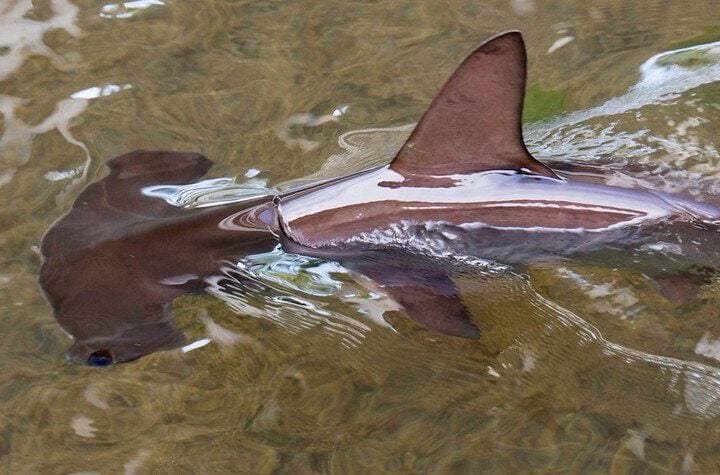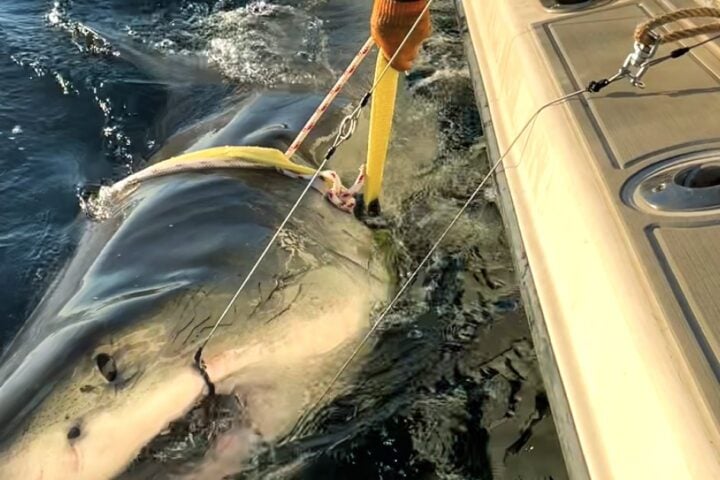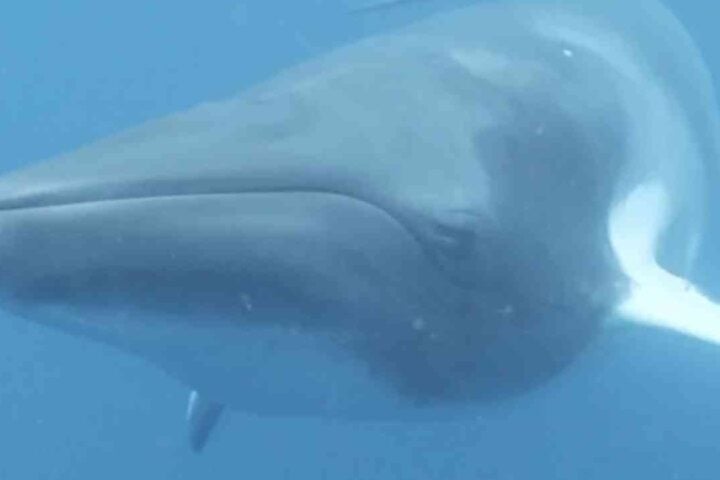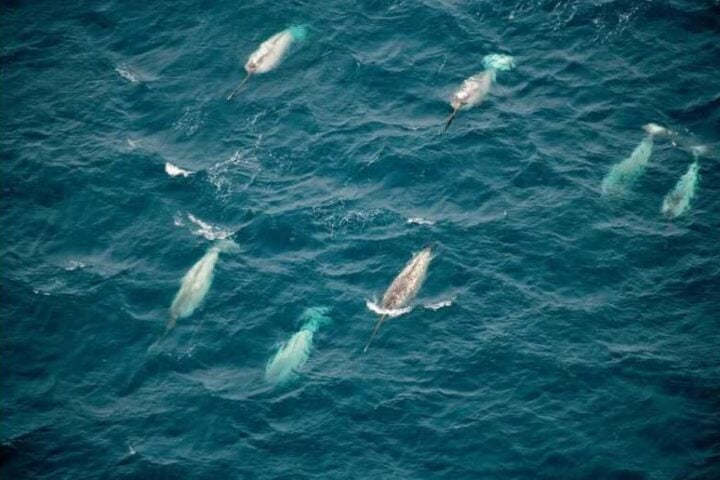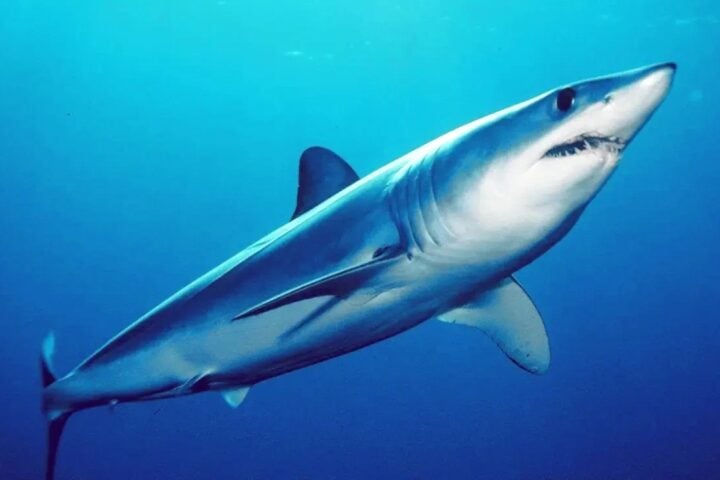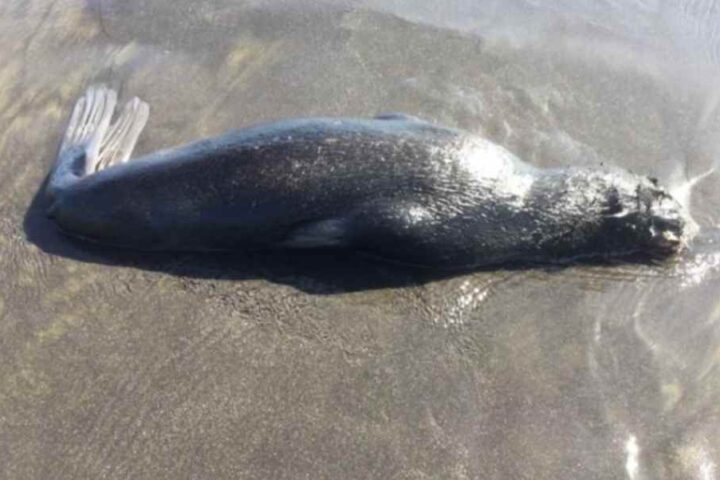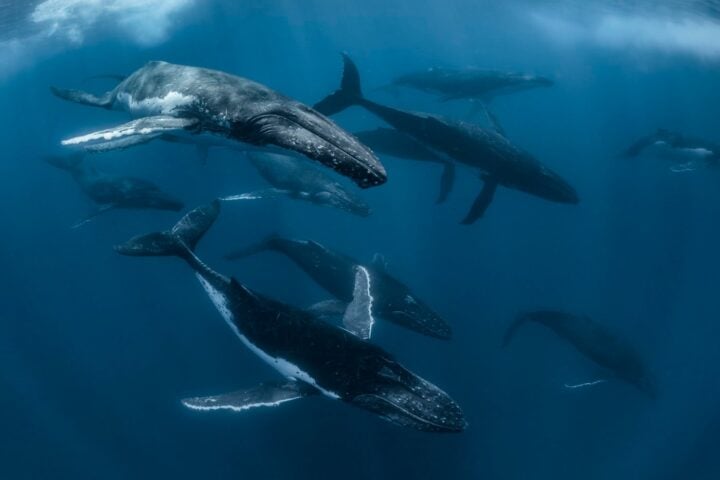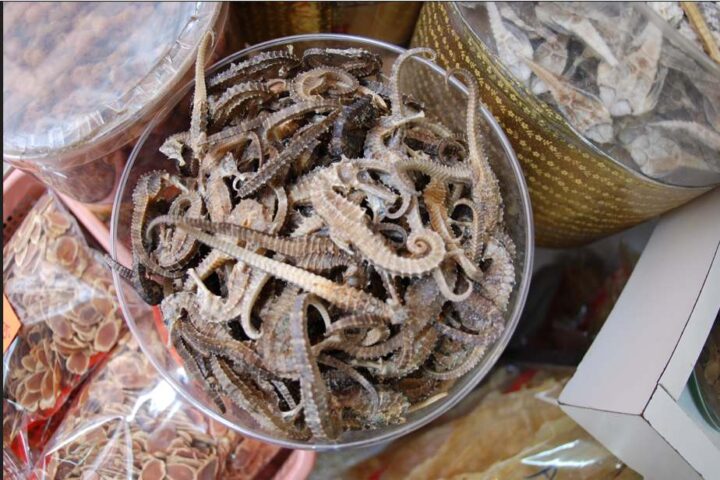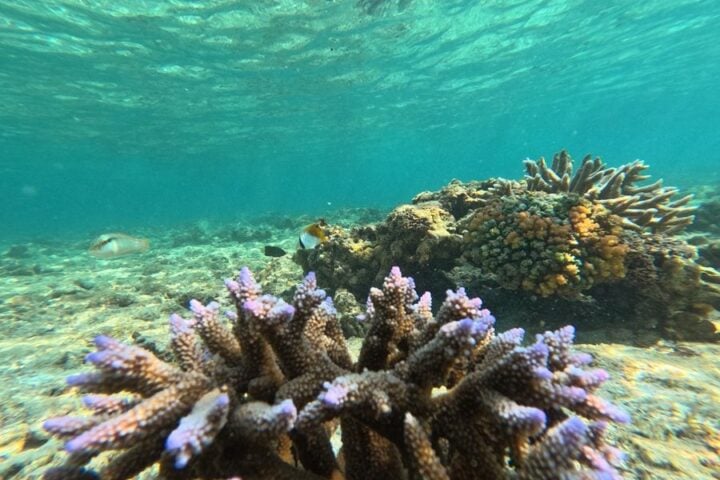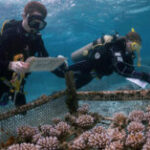Marine biodiversity hotspots, the coral reefs, are grappling with the devastating effects of marine heatwaves, leading to mass coral bleaching and mortality. Can the natural thermal tolerance of these reefs evolve quickly enough to keep pace with rapid ocean warming? Newcastle University’s groundbreaking study has shed light on this, revealing that some coral reefs, specifically in Palau, have indeed enhanced their thermal tolerance. Palau, a distant Pacific island, is a symbol of hope against climate change’s effects on marine life.
Lead author Liam Lachs stated, “Our research uncovers an ecological resilience to climate change, emphasizing the urgency of the Paris Agreement commitments for coral reef preservation.” Delving into historic mass bleaching events, the researchers found that Palau’s reefs have adapted to warmer ocean temperatures over time. This adaptation could potentially mitigate the future impacts of climate change-induced bleaching, but only if we significantly reduce global carbon emissions.
Their findings suggest that if this increased thermal tolerance persists throughout the twenty-first century, we could witness major reductions in bleaching impacts. The study reveals that reefs can potentially stave off high-frequency bleaching under low-to-middle emissions scenarios, aligning with the Paris Agreement. The study also explored various global actions to counteract climate change, evaluating four distinct carbon emissions scenarios and their subsequent effects on coral bleaching. Lachs emphasized, “While our findings offer a beacon of hope, they underscore the pressing need for continued carbon emissions reduction to safeguard these crucial ecosystems.”
Sourced from a remote Pacific coral reef system, the study’s data estimates the rate of increased tolerance since the late 1980s. Simon Donner, an expert in Climate and Coastal Ecosystems, cautioned that this resilience might come at the expense of reduced reef diversity and growth. Published in Nature Communications, the study reaffirms that the severity of future coral bleaching hinges on our commitment to reducing carbon emissions. Even though coral reefs cover just 0.1% of the ocean bottom, they sustain 25% of marine species. When stressed, corals release their algae, causing them to turn white, called coral bleaching.
Similar Post
Bolstering tourism and fisheries, these reefs are not just biological wonders; they’re economic pillars for many Pacific nations. Numerous conservation initiatives, encompassing marine protected areas, coral resilience research, restoration efforts, and community-led reef management, are in motion to protect these Pacific coral reefs. Co-author Prof. Peter Mumby reflected, “The challenge ahead is to discern the mechanisms driving these shifts in tolerance and to gauge the potential for future thermal tolerance increases.” The study’s citation reads, “Emergent increase in coral thermal tolerance reduces mass bleaching under climate change, Nature Communications (2023).”
The research collaboration began with a 2021 visit by lead author Liam Lachs to Prof. Simon Donner’s Climate and Coastal Ecosystems Laboratory in Canada. Prof. Donner observed, “This research underscores the potential for some coral reefs to fortify themselves against future climate-induced heatwaves.” The researchers concluded, “The Pacific reef’s future hinges on our collective actions today.” The resilience of Palau’s reefs serves as both a glimmer of hope and a stark reminder of the challenges ahead, as the world grapples with the climate crisis.
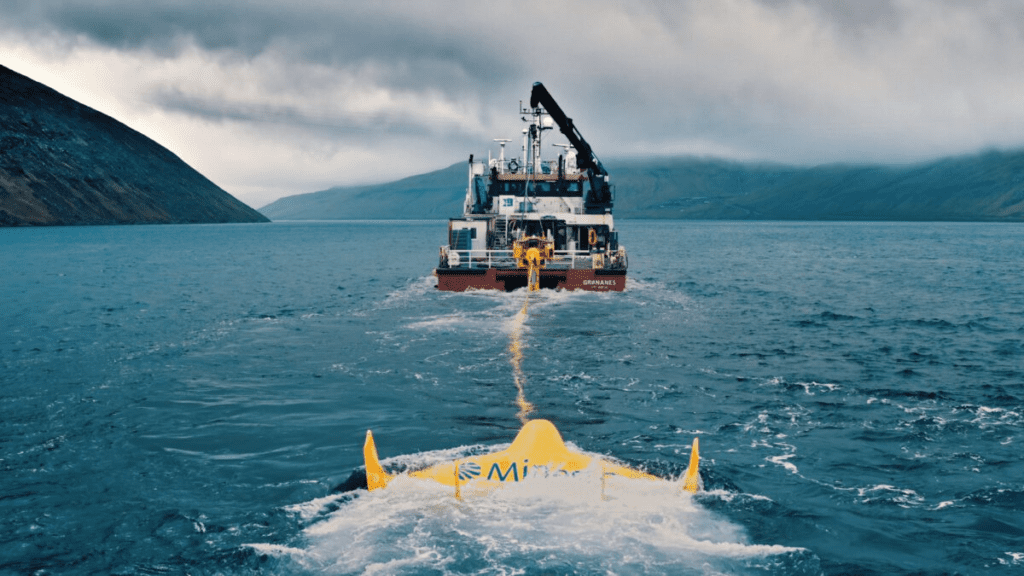




![A male [[Great white shark]] off [[Isla Guadalupe]], [[Mexico]]. Along with many [[Mackerel scad|Mackarel scads]] seen in the background. Photo Source- Terry Goss (CC BY-SA 3.0)](https://www.karmactive.com/wp-content/uploads/2025/06/White_shark-720x480.jpg)
